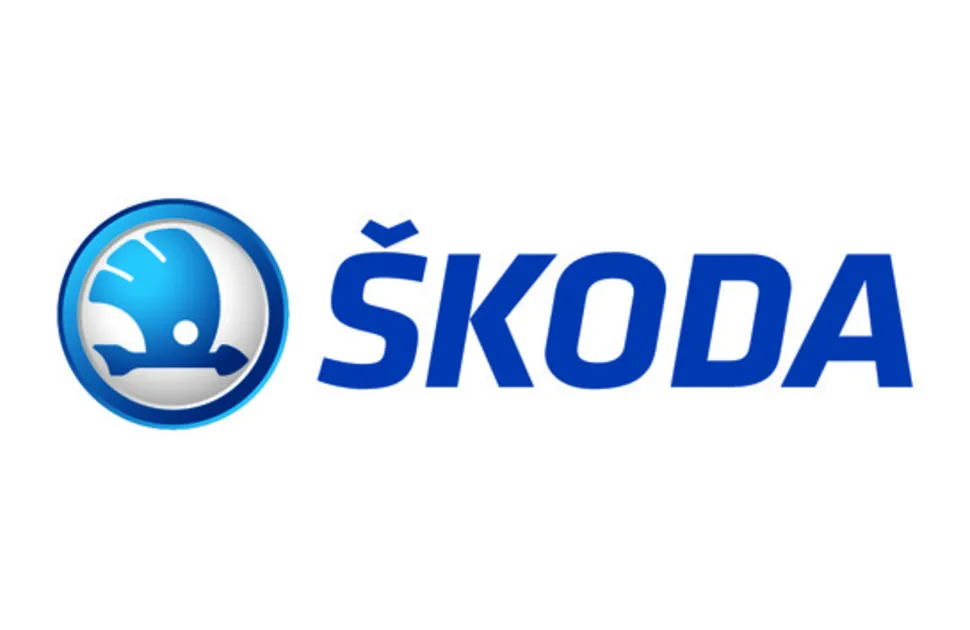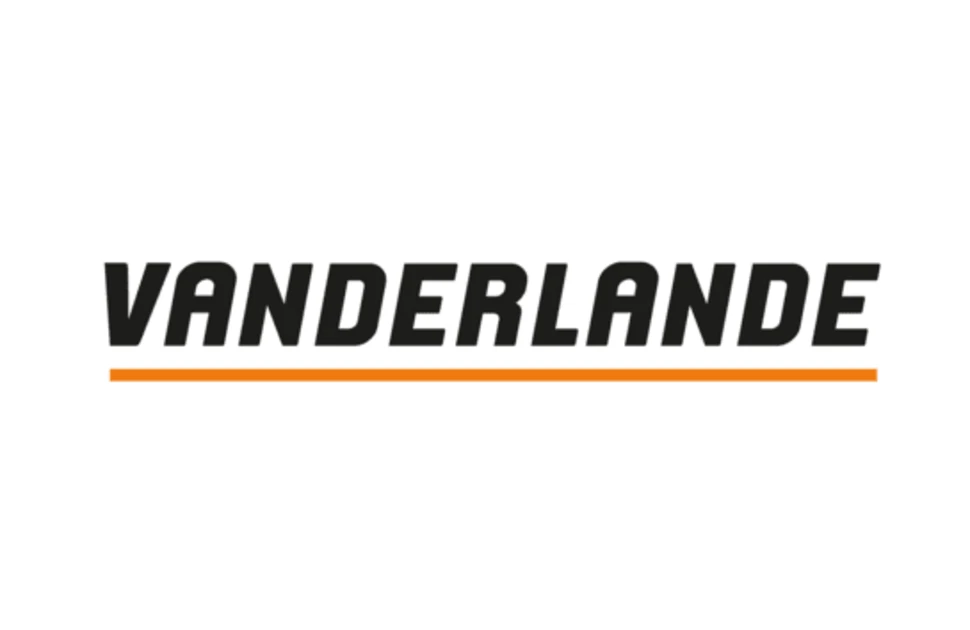Uncertain economic outlook slows European steel market
The European steel sector’s summer slowdown has arrived early amid growing geopolitical uncertainty and economic forecasts indicating a subdued second half of the year.
Many MEPS research contacts suggest that demand had declined further following a May trading period disrupted by regional holidays. Growing anxiety about the cost of CBAM, which comes into force on January 1, 2026, and the effect of US import tariffs has resulted in a “wait and see” stance from steel buyers.
The European Commission has increased its estimate of quarter one eurozone GDP growth to 0.6%, up from its previous estimate of 0.3%. However, it attributed this to a front-loading of exports to beat new US import tariffs. The international trade uncertainty that followed has prompted a downgrade of its full-year 2025 eurozone growth forecast from 1.1% to 0.9%.
- This article was first featured in the June edition of MEPS International's European Steel Review. The monthly publication features steel prices, indices, commentaries and forecasts covering key markets across Europe. Contact MEPS for details of how to subscribe.
President Donald Trump doubled the Section 232 import tariff rate, from 25% to 50%, on June 4. Many steel market participants are now awaiting the outcome of EU negotiations with the US, which will determine whether higher rate “reciprocal” tariffs will be applied to downstream products. A 90-day pause on these country-specific tariffs, during which time a 10% base rate was applied, ends on July 9. The fate of the United Kingdom’s US trade deal, which could exempt its steel exports from Section 232 tariffs, will also be decided by this date.
While the 50% Section 232 tariff rate has made EU steel exports to the US unviable, Europe is also experiencing the indirect effects of the US’s blanket imposition of the tariff. Steel buyers have received an increased volume of offers from Brazil and India. This, and the emergence of interest from producers in Iran prior to the outbreak of hostilities with Israel, indicates a redirection of material previously destined for the US.
Furthermore, the value of the US dollar has declined by over 11% from its February high. This has reduced the cost of imports, widening the gap to material offered by EU mills. Nonetheless, delivery lead times that will soon make new import orders liable for CBAM-related emissions costs and stagnant steel demand are limiting the effect of low-cost imports on European transaction prices.
US tariffs a ‘severe blow’ to recovery hopes
Alex Eggert, the director general of Eurofer, said that new US tariffs had dealt a “severe blow” to the EU steel market’s recovery expectations. Reflecting feedback from MEPS respondents, Eurofer’s latest Economic and Steel Market Outlook said that a recovery was no longer expected in 2025. Apparent EU steel consumption is now forecast to decline by 0.9% this year. This follows declines of 8% in 2022, 6% in 2023 and 1.1% in 2024.
Eurofer expects apparent steel consumption to recover in 2026, with an increase of 3.4%. However, this is conditional on a positive evolution in the industrial outlook and an easing of global tensions, it said, adding that both these factors remained unpredictable at this stage. Even with its projected recovery, EU steel consumption would remain far below pre-pandemic levels.
Despite widespread negativity about demand from the EU’s construction sector among most MEPS respondents, Eurofer forecasts that it will be one of few areas to register an improvement in 2025, albeit from a low level. It suggests that output will increase by 1.1%, following a 2% decline in 2024. A further improvement of 0.8% is forecast for 2026.
The automotive sector’s output fell by 8.7% in 2024. Against earlier expectations of a 2.1% recovery this year, the sector is now expected to register a further decline of 2.6%. Mechanical engineering’s recession is also set to continue, with a 1.7% reduction in output following 2024’s 5.2% decline.
Fruitful international trade negotiations and a positive response to monetary easing could help these sectors to recover in 2026. Eurofer expects automotive output to rise by 1.9% and mechanical engineering to grow by 1.1%.
While most European steel market participants currently fear the new layer of administration and cost set to be introduced by CBAM, it too could help support domestic steel demand and European steel prices.

Source:
European Steel Review
The MEPS European Steel Review is an informative, concise and easy-to-use monthly publication, offering unique professional insight into European carbon steel prices.
Go to productRequest a free publication





